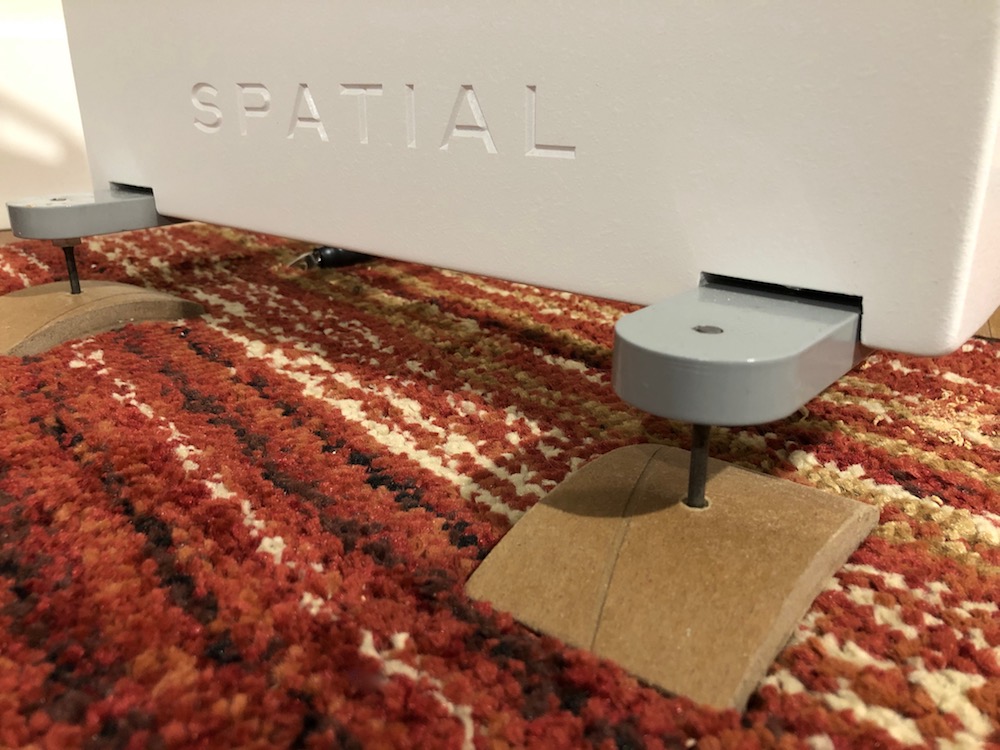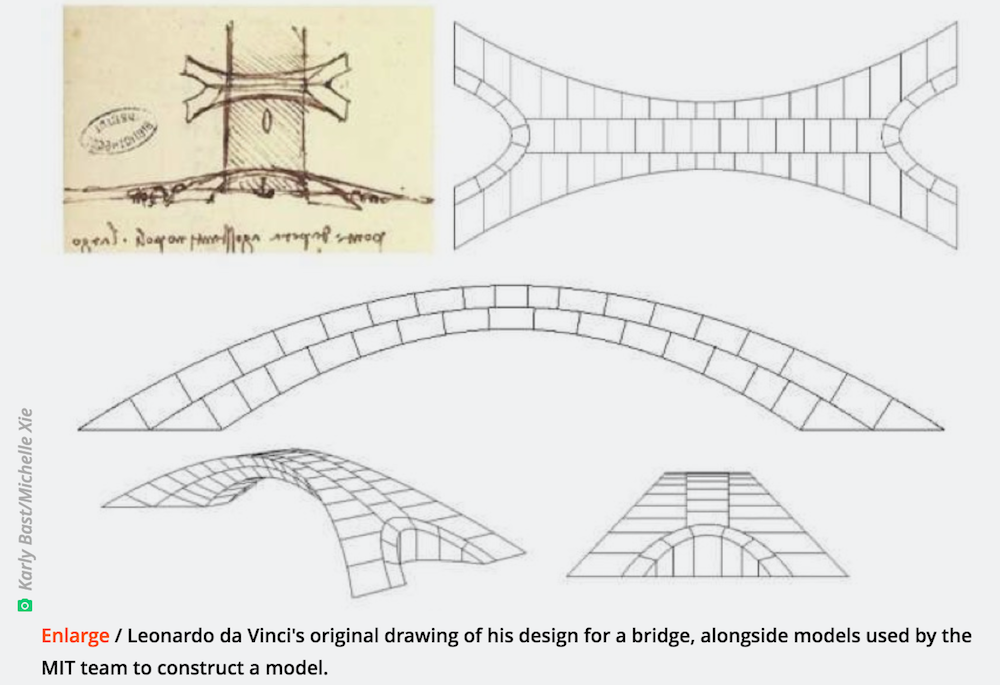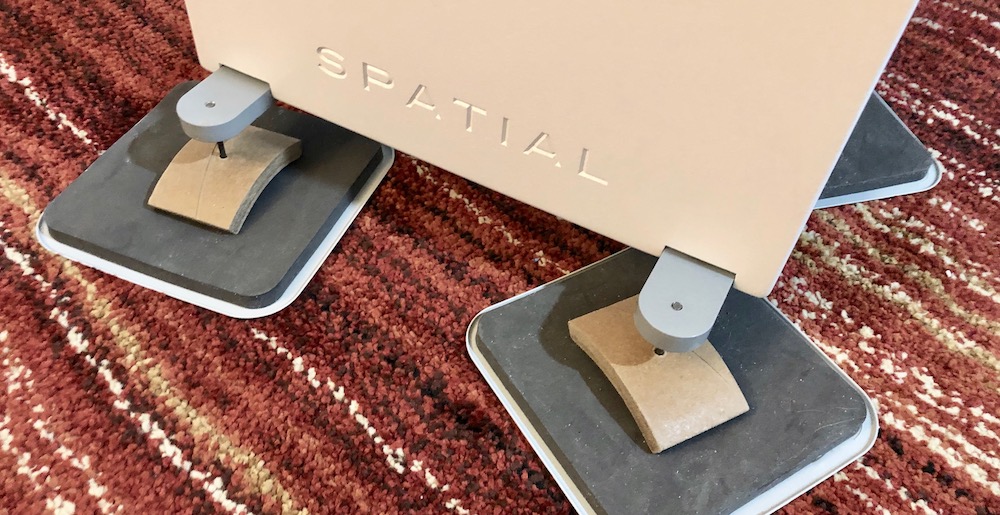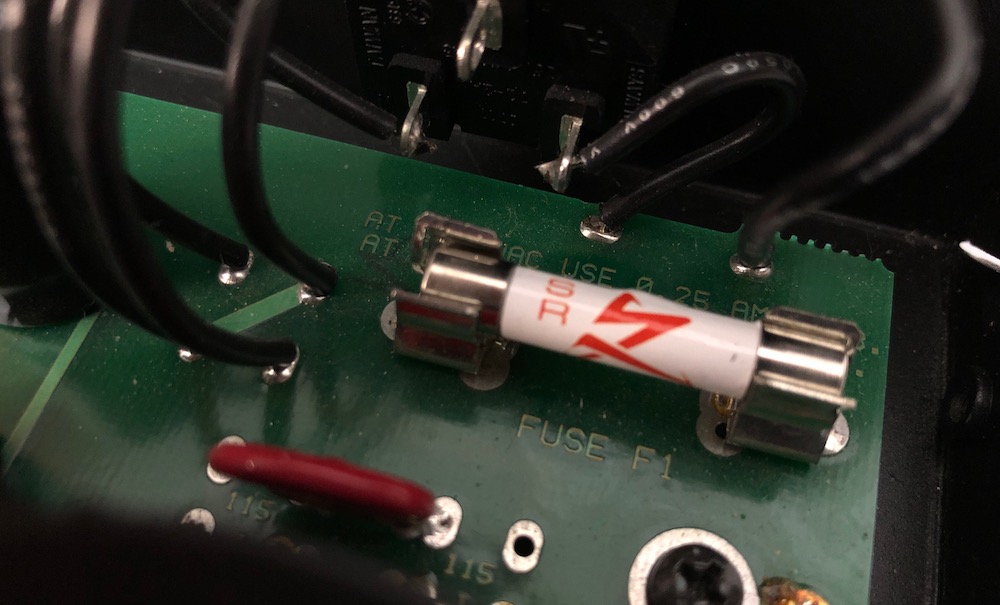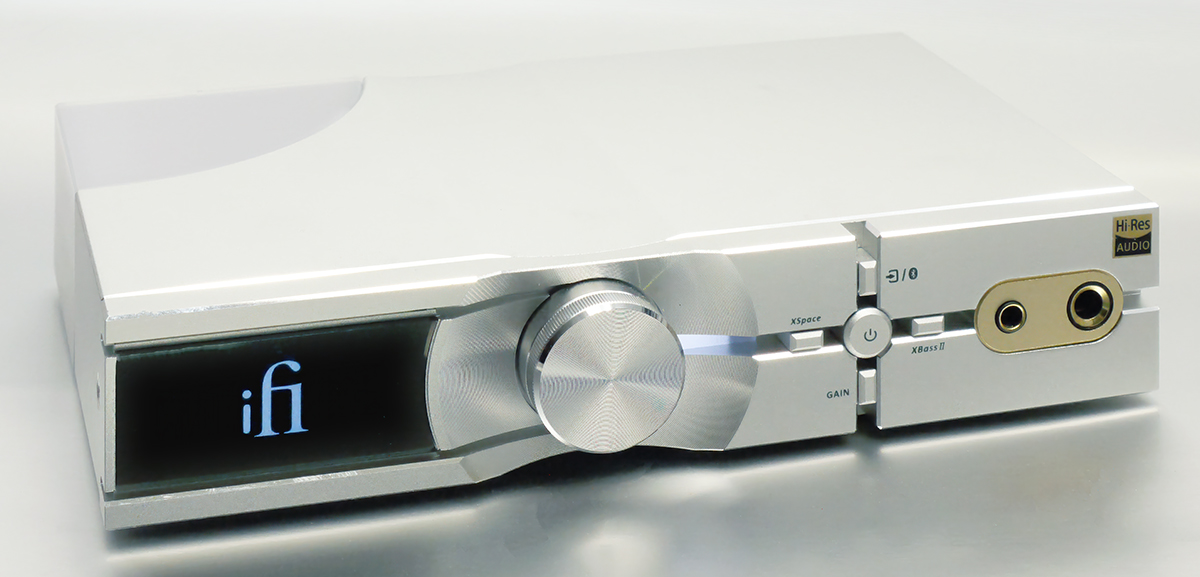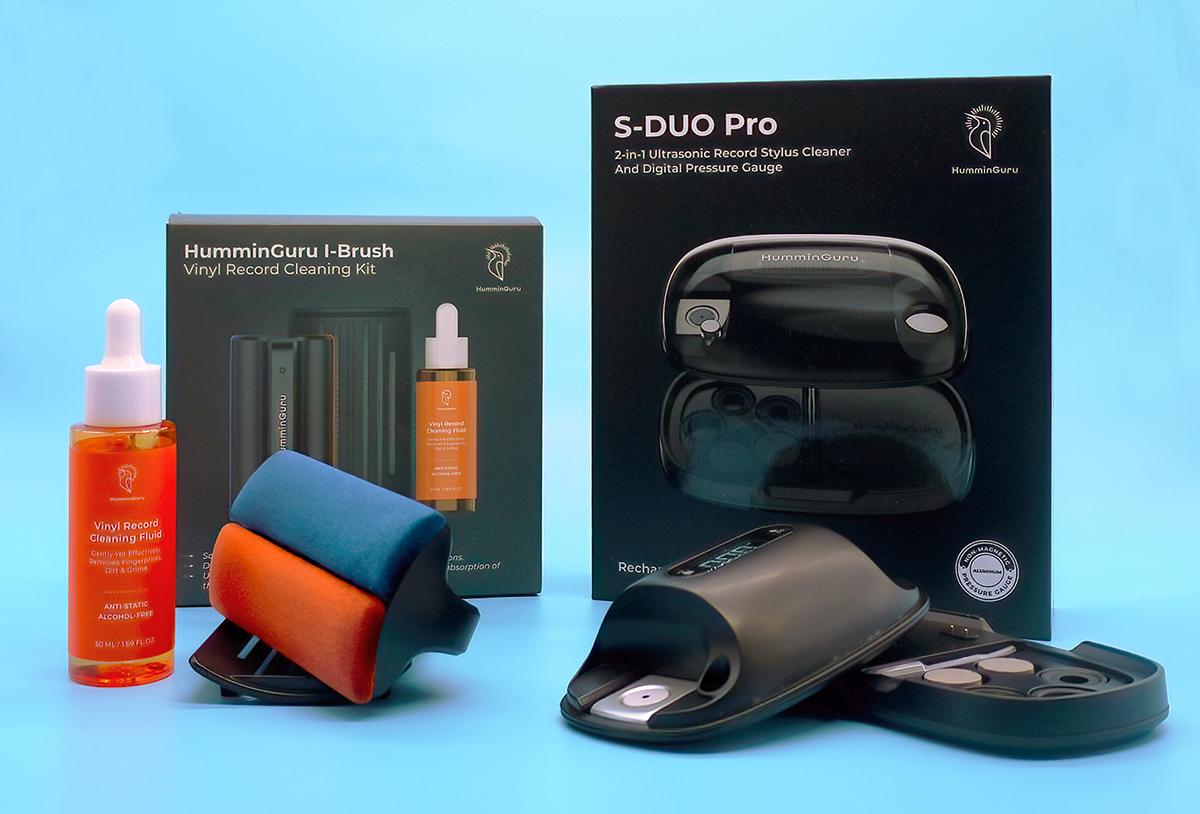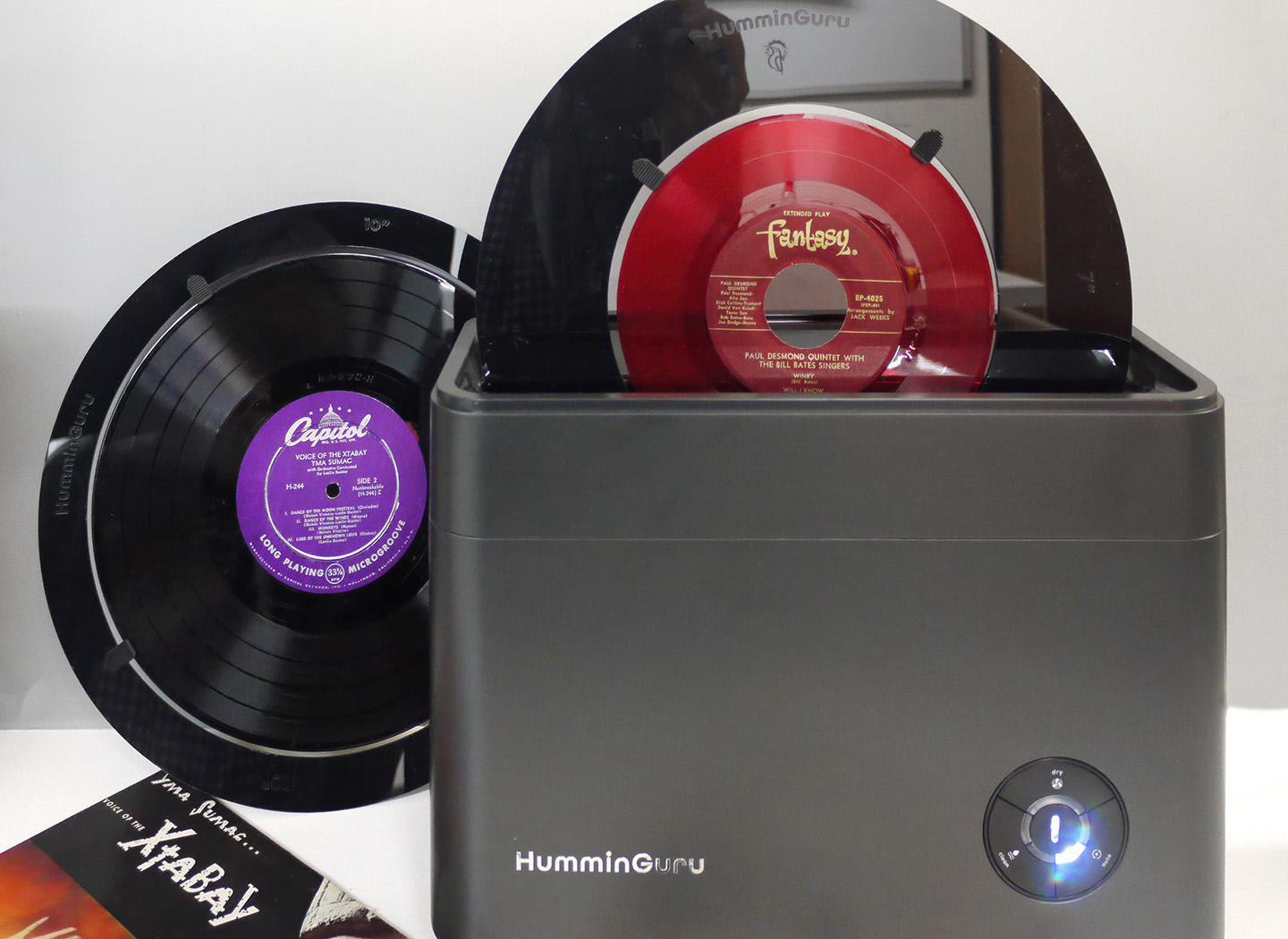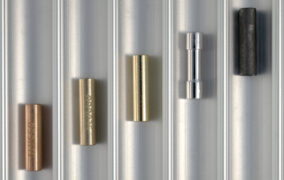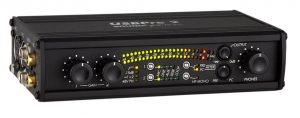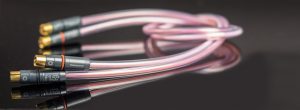So this is the time of year for returning unwanted gifts, breaking resolutions, and picking up a few Steel Band CDs in the Caribbean. It's also a time to reflect on past accomplishments and give credit where credit is due. I'm a very part-time reviewer here, and didn't offer up any PF Writers Choice awards this past year. That's not to say I haven't made some major improvements to my system, but the kudos must really go to others. I'm surely not the only contributor to read other writers' Positive Feedback reviews on a regular basis, even articles on subjects on which I have no particular interest at the time. Because you never know…
Robert H. Levi, for instance, regularly reviews products so far outside my budget range that I sometimes come away shaking my head at where the high-end market has gone. But when Bob devoted a series of rave reviews (HERE, HERE, HERE, HERE, HERE, and HERE) back in 2017-18 to "affordable" noise-cancelling cables from the previously unheralded Unique Innovation Technology, they did kind of stick in my mind. In particular, while writing about the UIT Perfect Music Purifier interconnect, Bob relates that "Long runs of UIT perform perfectly. I use two five meter lengths of the UIT with no problems to report. Quite the contrary, the pristine neutrality of the UIT cable stays very stable, while the elegant beauty of the musical source is communicated intact."
My set-up requires six meter runs of unbalanced interconnects from preamp to my Coincident Dynamo 34SE MkII amp, so that was music to my ears. UIT only sells direct online, so I purchased a 1.5m set with their 30-day return guarantee, gave them a couple days burn-in, and took a listen. They easily out-performed all my existing (and previous generation) cables, so I returned them for credit towards a 6m set. Although UIT's normal standard length is a generous 1.5m, over ensuing months UIT's Mitch Ko provided custom .5m interconnects, an S/PDIF cable, plus a power cord, all to my complete satisfaction. RFI is the bane of long unbalanced interconnects, but combined with whatever's in those pods and the braided combination of stranded and coaxial conductors, I think the reduction of RFI is at least partly responsible for how clean and precise the UITs sound. The UIT cables do require significant burn-in, so installing them sequentially had me hearing deeper into familiar recordings each time I sat down to listen, whether via speakers or phones. A full run of UIT from outlet to player to DAC to preamp to amp, was revelatory-and I just placed another order for some XLRs for my phono stage. Thanks, Bob!
But…the complete run of UIT cables also highlighted an issue with my Spatial Audio Hologram M4 Triode Master speakers: a bit of high frequency confusion in loud and complex content. I'd heard something similar back when I had my much-loved Maggies: the tall panels vibrated a bit to and fro when played loud, and the small supplied feet needed additional bracing to clean up both bass and treble. Like them, my Spatials are full-range dipoles, but the twin 12" cones surely have much more moving mass than Mylar film, and they definitely do vibrate, which must move the concentric treble driver back and forth, and so Hello Doppler!
The Hologram M4s have since been supplanted by new and quite different designs. They were the least expensive models in the line, basically scaled–down Hologram M3s (not the new Sapphire M series). The first generation M3s had a structural back brace (as do several of Spatial's up-market models) but apparently this was sacrificed for competitive pricing (and UPS shipping parameters). The metal M4 legs are substantial, but were each fixed to the 3" thick wooden baffle panel with a single hex-bolt. Add vibration and humidity changes to a wood / metal interface, and things loosen up. My fix was to install three #6 pan-head screws with washers in a triangle around the main bolt, so when torqued down, there was stable metal / metal three-point contact-greatly reducing, if not quite eliminating panel wobble. This because, at around 40 lbs, the Spatials are not particularly heavy, and the longest and sharpest spikes I had on hand clearly could not penetrate the thick rug and pad and reliably ground the speakers to the slab below.
Then I remembered John Zurek's 2018 review of Gingko Audio's Arch (Acoustic Resonance Clarifier) things, and that he used them to great effect with speakers on a carpeted floor. I asked Gingko to send me a set of Arch 1 to evaluate. Sure enough, they proved superior to spikes at stabilizing the speakers, further cleaning up that high frequency blurring and improving imaging and resolution. I simply fit the adjustable speaker spikes into the small cups atop each Arch, which allows me to easily adjust the time-alignment of the drivers with a bit of back tilt. Thanks, John!
The Arch 1 are unfinished, but the user can further tweak the sonic characteristics by applying laminates, varnish, or other finishes (hey, it worked for Stradivarius.) Visually they are still somewhere between homely and ugly, but humble as they are, the Arches really do seem to dissipate vibration better than some boutique audio jewelry I've tried, although there have been higher tech approaches to redirecting vibrations sideways rather than vertically. It may simply be that the transfer of energy from a single top point to the bottom edges of curved, laminated layers of amorphous wood product is more effective than with metal, ceramic, or rubbery materials. Gingko's design is now patented, but you have to wonder why no one thought of it earlier.
Or perhaps someone did. On the odd chance that the redoubtable Vinh Vu reads this, he may be as fascinated as I was that some MIT students recently confirmed the efficacy of something Leonardo da Vinci apparently sketched (on whatever the equivalent of a napkin was in 1502) for the Sultan of Turkey: a design for an extend-span bridge over the Golden Horn estuary of Constantinople / Istanbul. That bridge was never built, but as the link shows, there is a bridge in Norway inspired by Leonardo's design, made out of...laminated wood. Instead of a traditional semicircular arch, Leonardo's design is shaped as a catenary; in the Gingko design, the force lines transferring a central top load to the bottom edges of a thick arch also actually approximate a catenary (the curve of a hanging chain, inverted).
Now da Vinci was quite protective of his intellectual property rights (vide his skill at "mirror-writing"), yet many manufacturers have used his name, and folks have never shied away from stealing his ideas for helicopters, parachutes, robots, machine guns, or flying machines…so why not a 4" long bridge? Note too, that in the Ars Technica illustration, the cross section of Leonardo's bridge changes across the span-the same anti-resonance technique VPI uses for their 3D-printed Fatboy tonearms. So why not find out where Matt and Harry get that done and book some prototype time? There are $100,000+ speakers out there that need some upscale Arch support. Call it the Leonardo Signature edition (just remember to engrave the name backwards).
Of course there is one downside to spiking loudspeakers to the Arch footers, and worse than with spikes alone: it becomes difficult to precisely re-position the speakers for optimum results. For example, I recently auditioned a solid-state amp with more and deeper bass energy than my 8 wpc Dynamo 34SE Mk II can muster. My listening space is barely bigger than your average horse stall, and distance to the sidewalls and toe-in are critical to bass balance-literally, a matter of an inch or two and a couple degrees makes all the difference. The solution turned out to be stupid-simple: those foam and plastic "Magic Sliders" used for moving non-audiophile furniture. Not only can one slide the speakers to and fro, but because the spikes seat loosely in the Arch cups, the speakers can be rotated as if they were on casters. Yes, I know. Even more god-awful ugly, but find the sweet spot, and just slide them out from under when visitors knock.
Finally, I simply can't remember who first got me interested in audiophile fuses, but I've tried several different types over the years since. It is always amusing to plump for gear boasting expensive caps and resistors, only to discover how much the damn thing is limited by a $.27 generic fuse. I was happily running Synergistic Research Blue and Hi-Fi Tuning Supreme fuses (plus a special new AQVOX fuse in their phono stage) when Synergistic Research announced the new Orange series, and they do seem the best yet. For the Internut unbelievers who KNOW cables and power cords can't possibly affect the sound, plumping for an inch or less of something whose entire purpose is to melt away when needed sounds preposterous. It may indeed seem insane to install a $160 fuse in a $1600 amp, but it's a lot cheaper upgrade than buying a $16,000 amp, and it actually ends up sounding a lot closer to one. If you can't pony up for the serious money/latest greatest in componentry, maybe you should try out one of these little guys. They are clearly made to tighter tolerances than the stock designs, so as with buying shoes online, it may be prudent to consider ordering one size larger; I once had a .8A fail, but replaced it with a 1A with no problems.
In my system, the Orange does what the Red, Black, and Blue did, only more so. In every component I've swapped them in. They employ graphene, everyone's favorite pixie-dust du jour, and presumably represent Ted Denney's latest thoughts on the subject. But there are even more expensive audiophile fuses out there, and unless Synergistic Research's lab rats are only allowed the 8-color Crayola set, sooner or later they'll come in Fuschia.
Synergistic Research
Gingko
Unique Innovation Technology





